
Alternatives to SuperSight Surgery
The goal of treatment is to compensate for the inability of your eyes to focus on nearby objects.
Treatment options include wearing corrective lenses and undergoing refractive surgery.
You can discuss these alternatives with Dr. Somchai.
Corrective lenses 
If you had good, uncorrected vision before becoming presbyopic, you may be able to use nonprescription, over-the-counter reading glasses. But check with your eye doctor about what's right for you.
Reading glasses sold over-the-counter are labeled on a scale that corresponds to the degree of magnification (power).
The least powerful are labeled +1.00, and the most powerful +3.00. When purchasing reading glasses, test a few different powers by holding printed material about 14 to 16 inches in front of your eyes, until you find the pair that allows you to read comfortably.
You'll need prescription lenses for presbyopia if over-the-counter glasses
presbyopia if over-the-counter glasses are inadequate or if you already wear corrective lenses for nearsightedness, farsightedness or astigmatism.
Your choices include:
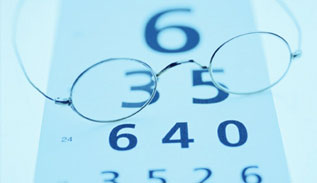
Prescription reading glasses. If you have no other vision problems, you can have prescription lenses for reading only.
Bifocals. These glasses come in two styles — those with a visible horizontal line and those without a line (progressive bifocals). Progressive bifocals change gradually from distance correction at eye level to reading correction at the bottom.
Trifocals. These glasses have corrections for close work, middle-distance vision — such as computer screens — and distance vision. Trifocals can have visible lines or progressive lenses.
Bifocal contacts. Bifocal contact lenses, like bifocal glasses, provide distance and close-up correction on each contact. The bottom, reading portion of the lens is weighted to keep the lens correctly positioned on your eye. These are frequently difficult to fit and often do not provide altogether satisfactory visual results.
Monovision contacts. With monovision contacts, you wear a contact lens for distance vision in your dominant eye and a contact lens for close-up vision in your nondominant eye.
Your dominant eye is generally the one you use when you're aiming a camera to take a picture.
Modified monovision. With this option, you wear a bifocal contact lens in your nondominant eye and a contact lens set for distance in your dominant eye. You use both eyes for distance and one eye for reading.
Refractive surgery 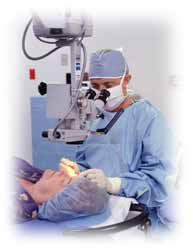
Refractive surgery changes the shape of your cornea. For presbyopia, this treatment — equivalent to wearing monovision contact lenses — is used to improve close-up vision in the nondominant eye.
The American Academy of Ophthalmology recommends that people try monovision contacts to determine if they can adjust to this kind of correction before considering refractive surgery.
Most refractive surgical procedures were developed to correct nearsightedness, farsightedness and astigmatism. Few studies have been published about the long-term effectiveness of monovision refractive surgery for people with presbyopia.
Eventually, many people who have had refractive surgery will still need corrective lenses for reading.

Refractive surgical procedures include the following:
Conductive keratoplasty (CK).

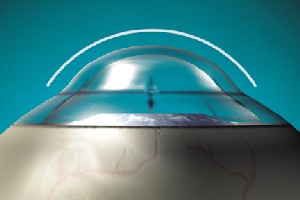
This procedure uses radiofrequency energy to apply heat to very tiny spots around the cornea. Think of heat stretching plastic-wrap packaging.
The degree of change in the cornea's curvature depends on the number and spacing of the spots, as well as the way in which the corneal tissue heals after the treatment.
The results of CK are variable and unstable in many patients.
Laser-assisted in-situ keratomileusis (LASIK).

With this procedure, your eye surgeon uses an instrument called a keratome to make a thin, hinged flap in your cornea.
Your surgeon then uses an excimer laser to remove inner layers of your cornea to steepen its domed shape. An excimer laser differs from other lasers in that it doesn't produce heat.
Laser-assisted subepithelial keratectomy (LASEK). Instead of creating a flap in the cornea, the surgeon creates a flap only in the cornea's thin protective cover (epithelium). Your surgeon will use an excimer laser to reshape the cornea's outer layers and steepen its curvature and then reposition the epithelial flap.Photorefractive keratectomy (PRK). This procedure is similar to LASEK, except the surgeon removes the epithelium. It will grow back naturally, conforming to your cornea's new shape.
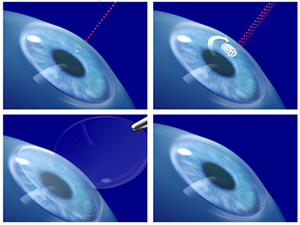
Surgical Reversal of Presbyopia (SRP).
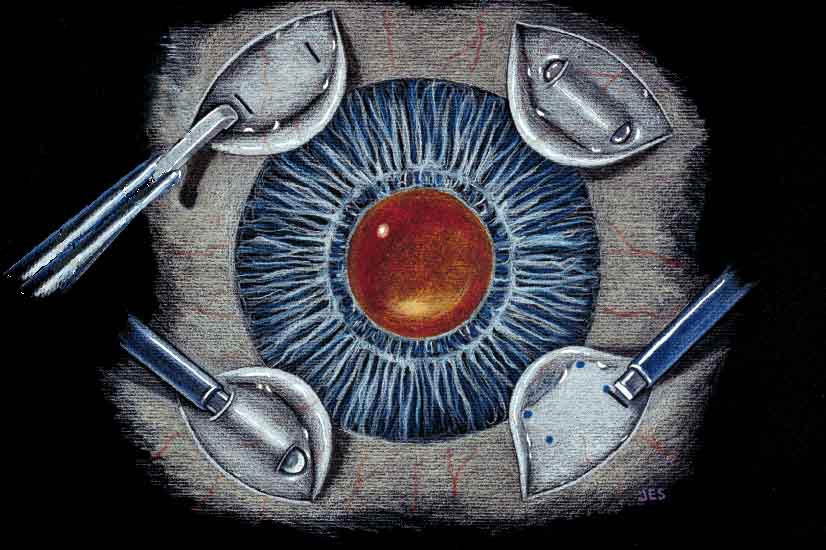
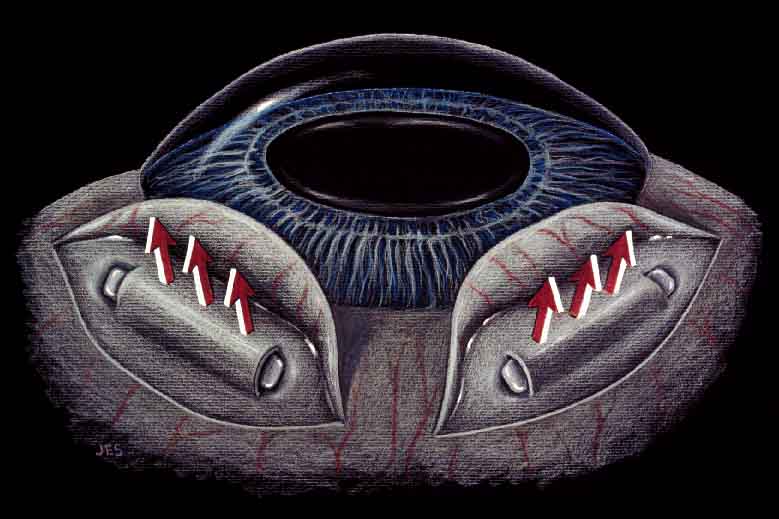
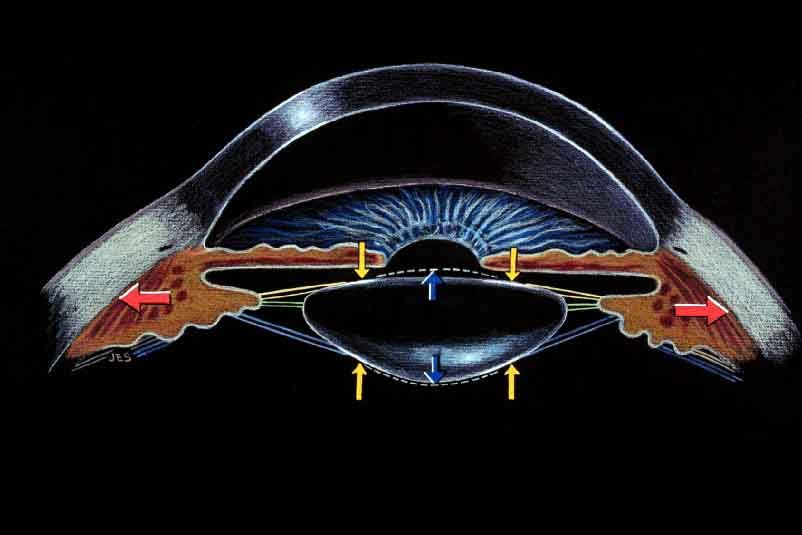
This minor procedure involves the insertion of "Scleral Expansion Bands" into the sclera, or white of the eye. Scleral Expansion Bands are made of tiny segments of a special polymer (polymethylmethacrylate, PMMA) that are inserted under the surface of the eye.
They allow the focusing muscles to regain their strength, thus allowing the eye to read again but the results are variable and unstable in many patients.



